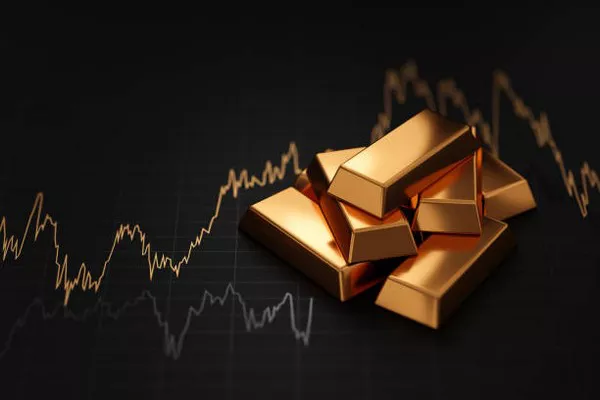Gold has long been revered as a symbol of wealth and a store of value, making it a staple in the world of finance and trade. In the realm of forex, the movement of gold holds particular significance, and understanding the factors that drive its price is essential for traders seeking to navigate the intricacies of the market. This article aims to shed light on the dynamics that influence the price of gold in forex, offering insights into the various factors that contribute to its volatility.
Global Economic Conditions:
One of the primary drivers of gold prices in the forex market is the state of the global economy. Gold is often considered a safe-haven asset, meaning that in times of economic uncertainty or crisis, investors tend to flock to it as a store of value. When economic conditions are stable, the demand for gold may decrease, leading to a decline in its price. Conversely, during periods of economic turmoil, such as financial crises or geopolitical tensions, the demand for gold tends to surge, propelling its value upward.
Interest Rates and Inflation:
The relationship between gold prices and interest rates is intricate. Generally, when interest rates are low, the opportunity cost of holding non-interest-bearing assets like gold diminishes, making gold more attractive to investors. Conversely, higher interest rates may lead investors to favor interest-bearing assets over gold, resulting in a decline in its demand and price. Inflation also plays a role in gold’s movement, as it erodes the purchasing power of fiat currencies. In times of high inflation, investors often turn to gold as a hedge, causing an increase in its price.
Currency Strength:
The strength of major currencies, especially the U.S. Dollar, has a significant impact on gold prices in forex. Gold is priced in U.S. Dollars, so an inverse relationship often exists between the two. When the U.S. Dollar strengthens, the cost of gold in other currencies increases, potentially leading to a decrease in demand. Conversely, a weaker U.S. Dollar makes gold more affordable in other currencies, potentially driving up demand and prices.
Central Bank Policies:
The policies adopted by central banks can greatly influence the price of gold in the forex market. Central banks often hold substantial gold reserves, and their decisions regarding interest rates, monetary easing, or tightening can impact investor sentiment towards gold. For example, if a central bank announces a policy that is perceived as inflationary, investors may turn to gold as a hedge, driving up its price.
Market Sentiment and Speculation:
Market sentiment and speculative activities play a crucial role in the day-to-day fluctuations of gold prices. Traders and investors closely monitor global events, news, and geopolitical developments that may impact market sentiment. The speculative nature of gold trading can lead to rapid price changes, as perceptions of risk and uncertainty shift. Additionally, major economic reports, such as employment data and GDP figures, can influence trader sentiment and contribute to short-term volatility in gold prices.
Technological Advancements:
Advancements in technology have also impacted the gold market in forex. The rise of algorithmic trading and high-frequency trading has increased the speed and volume of transactions, contributing to short-term price movements. Traders employing automated strategies often react swiftly to news and events, amplifying the impact of market sentiment on gold prices.
See Also What Hours Does Gold Trade? A Comprehensive Guide
Conclusion:
In the intricate world of forex, understanding the multitude of factors that influence the price of gold is essential for traders seeking to make informed decisions. Global economic conditions, interest rates, currency strength, central bank policies, market sentiment, and technological advancements all play a role in shaping the trajectory of gold prices. As investors navigate the dynamic landscape of the forex market, a comprehensive awareness of these factors can empower them to anticipate and respond to the ever-changing forces that drive the movement of gold.


